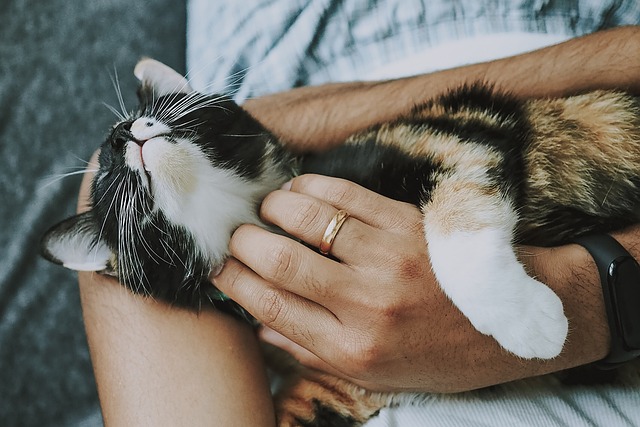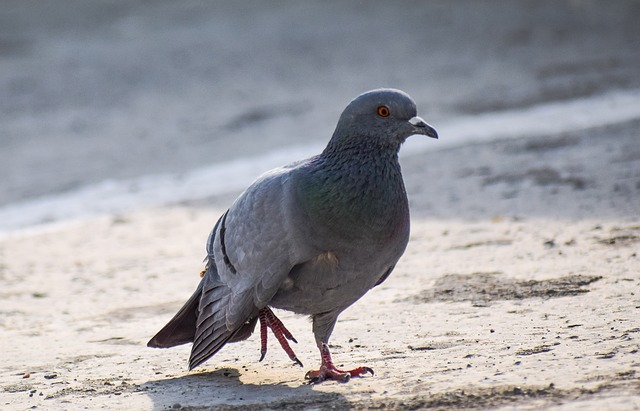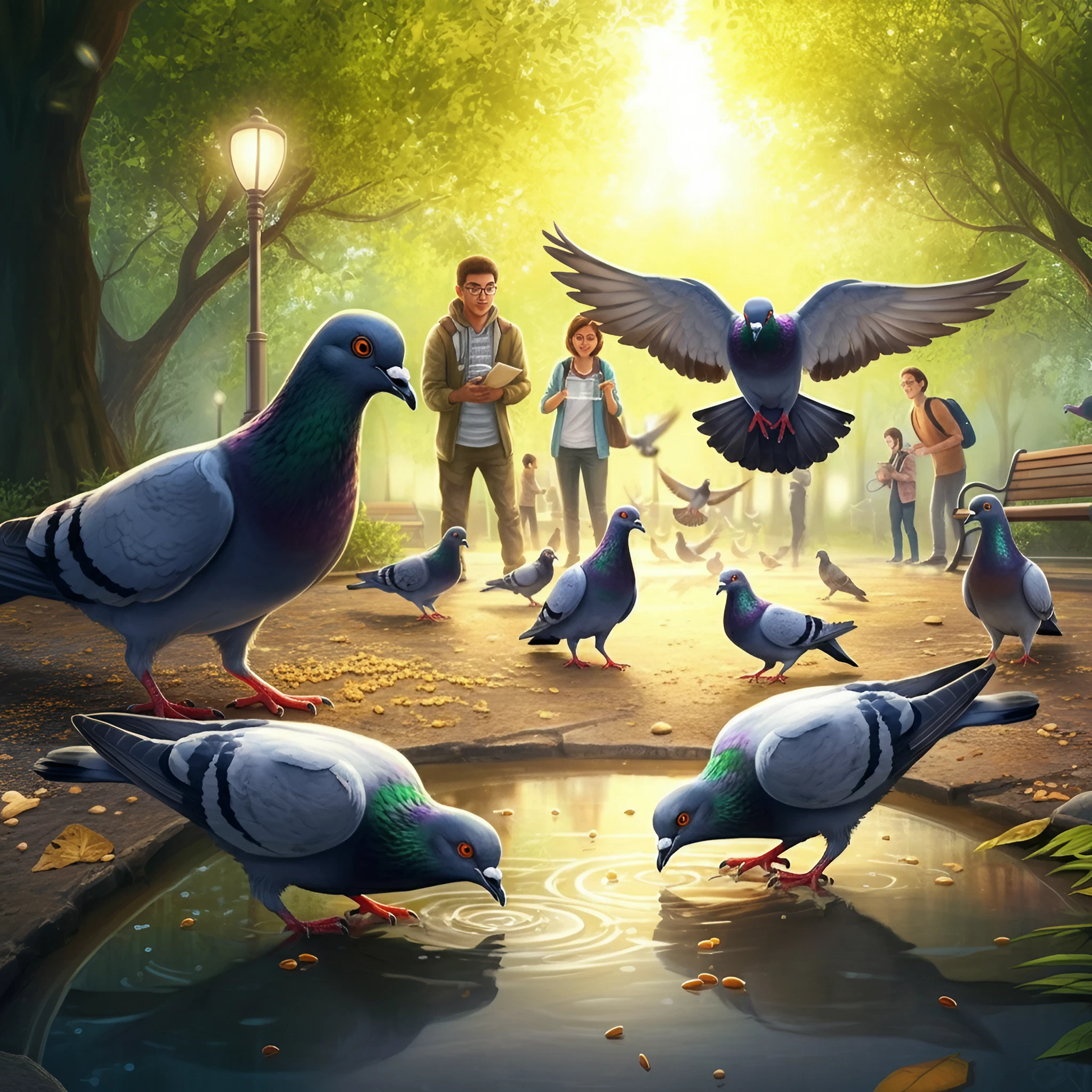When an animal gets injured, it’s not just the physical wounds that need attention; their well-being also depends on all-around care and support. Whether it’s a scrappy terrier with a sprain, a cat recovering from surgery, or a bunny with a cut, injured animals require a combination of veterinary treatment, a nurturing environment, and specific accessories to facilitate the healing process.
From braces and bandages to orthopedic bedding, the right tools can make a significant difference in an animal’s recovery. This guide explores common injuries, essential accessories to aid recovery, and practical tips for providing the best support for our furry friends (and beyond).
Understanding Common Injuries in Animals
Helping an injured animal starts with understanding the type of injury they’re experiencing, as this determines the care and accessories needed.
Types of Injuries
- Fractures and Sprains: Broken bones and joint injuries are common, especially in active pets like dogs and cats.
- Cuts and Bites: Injuries caused by sharp objects, fights with other animals, or accidents.
- Surgical Wounds: Incisions that need careful management post-procedure.
- Burns or Temperature-Related Issues: Injuries from heat sources or extreme cold.
The Impact of Injury by Species
- Dogs and cats often face joint injuries and lacerations, while smaller mammals like rabbits may be more prone to fragility-related injuries such as fractures. Consider that every species reacts differently; for instance, prey animals may experience heightened anxiety and stress when injured.
Timely veterinary attention is critical no matter the injury. Treating a wound or fracture immediately, under professional direction, reduces pain and minimizes the risk of complications.
Key Accessories for Injured Animals

Different injuries call for different tools that promote healing, provide comfort, and prevent further injury. Below are the essential accessories every pet owner should consider.
1. Supportive Braces and Bandages
These aid healing by immobilizing or stabilizing injured areas.
- Types of Braces
- Leg Braces: Ideal for sprains or knee injuries in dogs.
- Back Support: Offers relief for long-bodied breeds like Dachshunds prone to spinal problems.
- Neck Collars: Useful for cervical injuries to prevent movement.
- Bandaging Supplies
- Gauze and vet wrap for cuts and minor wounds.
- Ensure materials are sterile to avoid infections.
2. Protective E-Collars
Prevent animals from licking or scratching wounds, which could reopen healing areas or cause infections.
- Traditional cone-style collars are effective but can be uncomfortable.
- Alternatives include soft collars or inflatable collars for greater comfort.
3. Slings and Harnesses
These provide mobility assistance for animals recovering from leg injuries or surgeries.
- Choose adjustable designs for a custom fit that avoids chafing or discomfort.
- For dogs with weak back legs, rear support harnesses are ideal for regaining mobility.
4. Cooling and Heating Pads
Ideal for pain relief and reducing swelling.
- Cooling Pads can help fresh injuries or inflammation.
- Heating Pads provide comfort and relaxation for stiff joints or achy muscles in older animals.
- Always check temperature settings to ensure safety.
5. Orthopedic Bedding
Soft, supportive surfaces reduce discomfort, prevent pressure sores, and promote better rest.
- Memory foam or orthopedic cushions are excellent options, especially for post-surgery recovery.
- Bedding should be washable and durable.
By selecting the right accessories for your injured pet’s specific situation, you can dramatically improve their comfort and aid their recovery process.
How Accessories Help in the Healing Process
How exactly do these tools make a difference in your pet’s recovery?
1. Promoting Mobility
Accessories like slings or braces reduce the stress on injured limbs. Allowing animals safe movement helps fight muscle loss, keeps joints limber, and encourages normal behavior even during recovery.
2. Managing Pain
Pain management goes beyond medication. Orthopedic beds and heating pads provide immediate relief, while calming accessories like soft collars and tailored harnesses reduce stress.
3. Preventing Further Injury
Protective E-collars, bandages, and supports keep injuries and surgical sites safe from external damage. These tools also protect pets from reopening wounds, reducing the risk of infection or prolonged healing.
Choosing the Right Accessories
Not all tools work for every situation or pet, so choosing the right accessories requires consideration.
1. Size and Fit
- Accessories that don’t fit properly can cause discomfort or even aggravate an injury.
- Use adjustable straps or look for custom-fit options to keep your pet comfortable.
2. Material Considerations
- Opt for breathable, hypoallergenic materials to avoid skin irritation.
- Because injured animals are delicate, materials should be soft yet durable enough to endure daily wear.
3. Veterinary Recommendations
Always consult with your veterinarian before making a purchase. They can recommend the most appropriate tools for your pet’s specific injury and recovery plan.
Additional Care Tips for Injured Animals
While accessories are critical, broader care practices are just as important to ensure your pet’s full recovery.
1. Monitoring Recovery
- Keep a close eye on the healing process. Watch for signs of infection (redness, swelling, discharge) or discomfort.
- Schedule regular check-ups with your vet to track progress.
2. Providing a Comfortable Space
- Dedicate a quiet, secure area for recovery.
- Limit movement as necessary to prevent overexertion.
3. Ensuring Proper Nutrition
- Recovery is aided by a balanced diet.
- Depending on the situation, your vet may recommend dietary changes or supplements like omega-3 fatty acids for joint health.
Compassionate Care Leads to a Full Recovery
Caring for an injured animal can be overwhelming, but the right accessories make all the difference. Thoughtful additions like braces, orthopedic bedding, or E-collars don’t just protect injuries—they improve the entire healing experience.
Ultimately, compassionate care combined with attention to their physical and emotional needs ensures a smoother and quicker recovery for your furry friend. Pairing these accessories with professional veterinary advice will provide the support needed to ease their pain and encourage healing.
Your pet’s well-being is worth every effort.



